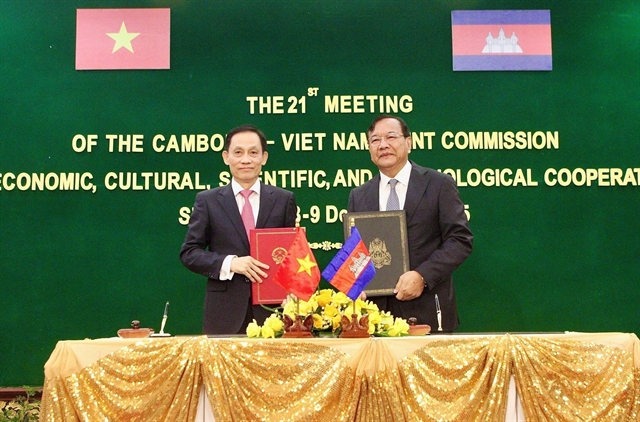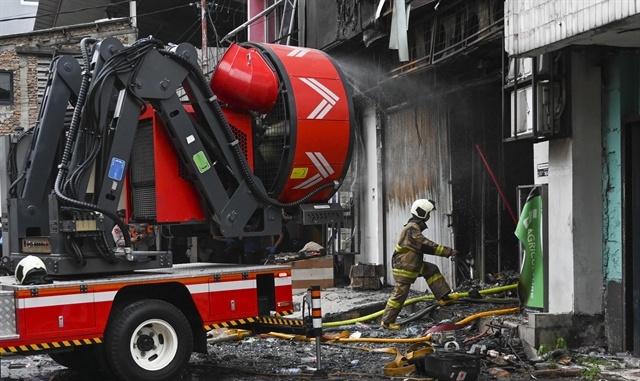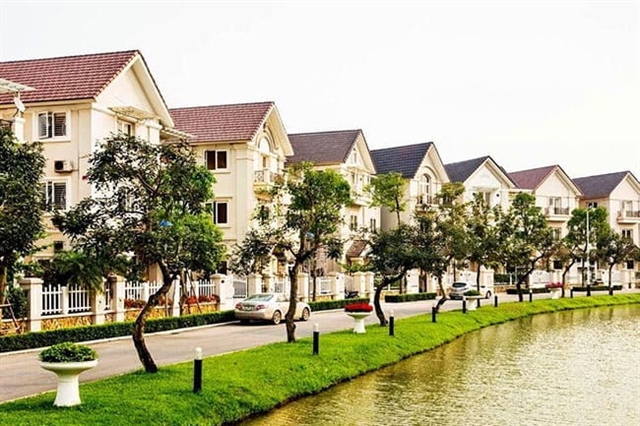 Economy
Economy
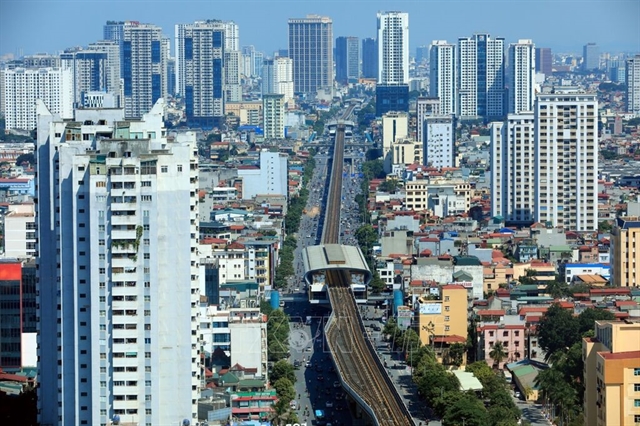
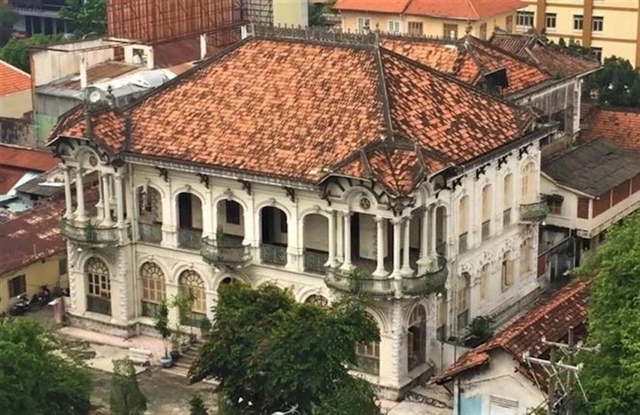 |
| The old Phương Nam villa, one of HCM City’s most well-known buildings of its type, is on the list of ancient villas that need preservation. — Photo www.sggp.org.vn |
HCM CITY — HCM City has established a comprehensive framework for the management of villas, aimed at ensuring efficient and sustainable utilisation of this valuable asset.
The municipal People's Committee last week issued a decision regulating the management and use of villas in the city.
Accordingly, the management and use of villas will be implemented according to five principles.
First, the management, use, maintenance and renovation of villas must adhere to the principles in the Article 123 of Clause 2 of the Housing Law.
Second, the city must prioritise the strict and consistent enforcement of all relevant legal regulations, including those pertaining to urban planning, architectural design, housing development, land use, construction practices, and the preservation of cultural heritage. This rigorous enforcement is essential to ensure that all development activities within the city adhere to established legal frameworks and contribute to the sustainable and harmonious growth of the urban environment.
Third, for areas without detailed construction plans, planning must incorporate Group One and Group Two villas for management. In areas with existing detailed construction plans that include villas, they must be integrated into the management framework.
Fourth, villas classified as public property must adhere to this regulation while also being managed and used in accordance with laws governing public property and public housing management.
Last, villas designated as official residences must comply with this regulation and be managed and used in accordance with laws on official residence management.
The decision mandates that villa maintenance must comply with laws on construction, planning management, architecture, housing, and other relevant regulations.
For villas associated with historical and cultural relics, maintenance must follow legal provisions on the repair, renovation, preservation, and restoration of heritage sites in accordance with cultural heritage laws.
The responsibility for the maintenance of the villa lies with the owner, the management unit, and the user. If the user is not the owner and wishes to undertake maintenance of the private property, written consent from the owner is required.
The city now has about 3,000 valuable old houses and villas that could be preserved properly but are likely to be demolished, according to the Architecture Research Centre under the city’s Department of Planning and Architecture.
Of that number, nearly 1,300 houses were built before 1975. About 168 of them are under State management and receive funds from the city’s budget for repair and preservation. However, only a few houses remain in good condition.
The city established the Council for Villa Classification in 2015, approved the general criteria for classification in 2018, and first issued the decision to start classifying villas in 2020.
Before the regulations were issued, authorities could not interfere with the villa owners’ decisions and many were demolished or have fallen into disrepair in recent years. Some old villas have been renovated to become schools, restaurants or coffee shops.
According to the municipal People Committee, the city now has more than 200 ancient villas that need to be preserved.
These buildings have historical, cultural and architectural value.
A survey by the city's Department of Planning and Architecture in 2020 showed 560 out of the 1,550 pre-1975 villas in the city are no longer in their original form.
The villas are classified into three groups based on their historical and cultural importance, with detailed regulations for preservation. Buildings in groups 1 and 2 must be preserved, while buildings in group 3 have little historic or architectural value and can be demolished.
In the first group, exterior architectural form, internal structure, construction density, the number of floors and height have to be maintained. The external architectural shape must be maintained for villas in the second group.
The owners of villas in group 3 must comply with the laws on building and architectural planning management.
The committee has asked owners to comply with regulations on renovation and conservation of old villas, the Housing Law, and regulations on the management and use of State-owned villas.
Repairs and renovation must comply with the Law on Cultural Heritage to ensure the protection of the cultural, artistic or historical value of the villas. — VNS

